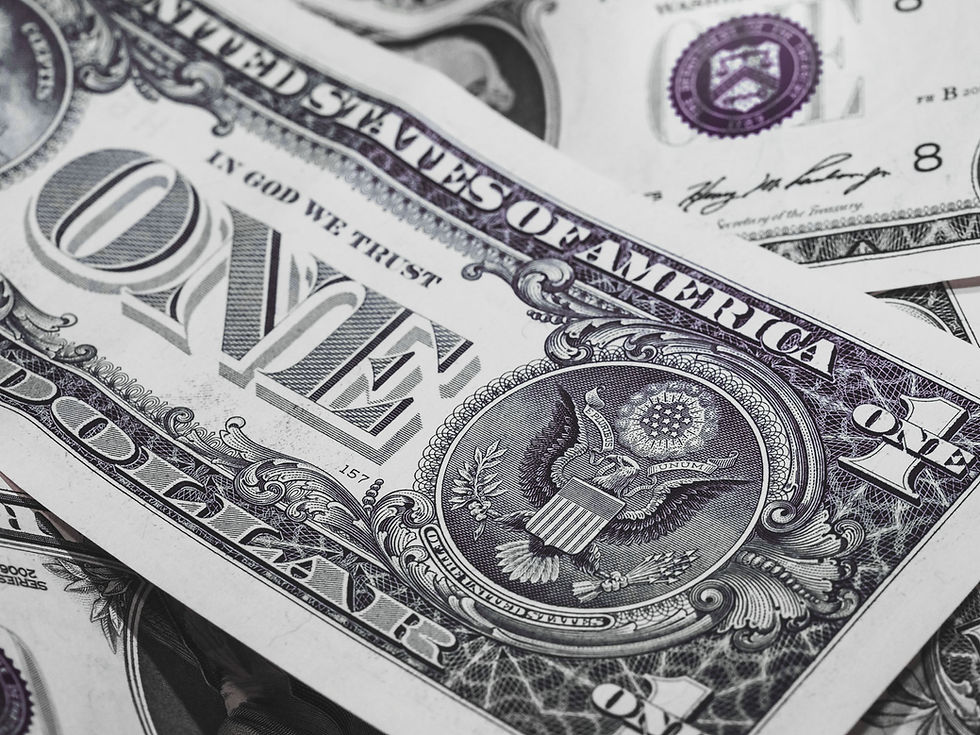Government Spending: Corporations and Military
- Mike Storino
- Jun 5, 2017
- 3 min read

There are many people who feel there is too much government money being spent on welfare, but there are many other areas that receive federal funding as well. One example is the United States government giving money to corporations with subsidies. There are also companies that put their money in other countries to avoid paying taxes. There is a lot money being given to the military as well, which leads to wasteful spending. There are many other examples of government spending but this article will focus on corporations and the military.
Corporations

Corporations are one area that federal funds are being spent in the form of subsidies. Federal dollars are lost due to companies stashing money overseas. According to The New York Times, local governments give about $80.4 billion per year in incentives to companies. That is a lot of federal dollars paid for by taxpayers going to companies. Now this is not to say that all of these companies are big corporations and that some are investments for local government to attract jobs. To compare, $260 billion is spent on means-tested programs that are considered income-security programs (cbo.gov). According to cbo.gov $80 billion goes to the earned income/child tax credits, $71 billion to TANF, $55 billion to supplemental security income, $31 billion to family support/foster care, and $23 billion to child nutrition. This is more money but it is an investment in people that need help and much of this goes to children in need too. It is the same as some of the incentives given to companies being an investment in the community.

Another issue with corporations is legalized tax evasion in the form of stashing money overseas, which is known as inversion. Inversion is according to Cohen (2017), are companies that “buy or merge with foreign companies to establish headquarters outside the United States… or relocate their patents and copyrights to places with low tax rates”. This gives companies an opportunity to avoid paying as much in taxes as they should be, which cost the government funds for different programs. There some that would say it is because companies must pay more in taxes than any other country but that is not completely true. According to a 2017 international corporate tax rate report from cbo.gov, the United States has the fourth highest effective tax rate of 18.6%. The companies in the U.S. that are engaging in inversion are not being taxed at a great amount compared to other countries. It is the fourth highest corporate tax rate because the United States is one of the biggest if not the biggest economies so naturally taxes will be higher.
Military

There is a lot of federal dollars going towards the military, which there should be but the numbers make it seem excessive. According to defense.gov the United States spent 585 billion dollars towards defense in 2016. Now this may not seem like a lot but it is when compared to other countries. In 2016, the United States spent about $611 billion while the next eight countries behind the U.S. spent about $595 billion (McCarthy, 2017). The number for the U.S. is slightly higher than the number from defense.gov so the numbers for the other countries may be higher.
This would still mean the U.S. is outspending the next eight countries combined, which seems excessive. China was the second highest at about $215 billion, which means the U.S. would still be spending the most if military spending was cut in half. It seems that there may be some wasteful spending, which there is. According to Alexander (2016), there was a study in 2015 by the Defense Business Board that found the Pentagon could save $125 billion over five years. This shows that there is money being wasted that could be cut from the military, which could be spent on something more useful.
Conclusion
There are many areas that the government spends massive funds on other than welfare or social safety-net programs. One example of that are corporations receiving subsidies or doing tax inversion. Another example government spending is with the military. There are reasons for corporations to receive subsidies and for military spending but some of it is excessive. This is important to know so that poorer Americans are not always blamed for government spending.
References
Alexander, D. (2016, December 5). Pentagon buried study that found $125 billion is wasteful spending: Washington Post. Retrieved from http://www.reuters.com/article/us-usa-defense-waste-idUSKBN13V08B
Cohen, P. (2017, April 26). Curb the Use of Overseas Tax Havens? Yes! But How? Retrieved from https://www.nytimes.com/2017/04/26/business/economy/trump-tax-plan-repatriation.html
https://www.cbo.gov/publication/52419
https://www.cbo.gov/sites/default/files/115th-congress-2017-2018/reports/52405-means-tested-programs.pdf
https://www.defense.gov/News/Special-Reports/FY16-Budget/
McCarthy, N. (2017, April 24). The Top 15 Countries For Military Expenditure In 2016 [Infographic]. Retrieved from https://www.forbes.com/sites/niallmccarthy/2017/04/24/the-top-15-countries-for-military-expenditure-in-2016-infographic/#3d87602143f3
http://www.nytimes.com/interactive/2012/12/01/us/government-incentives.html









Comments